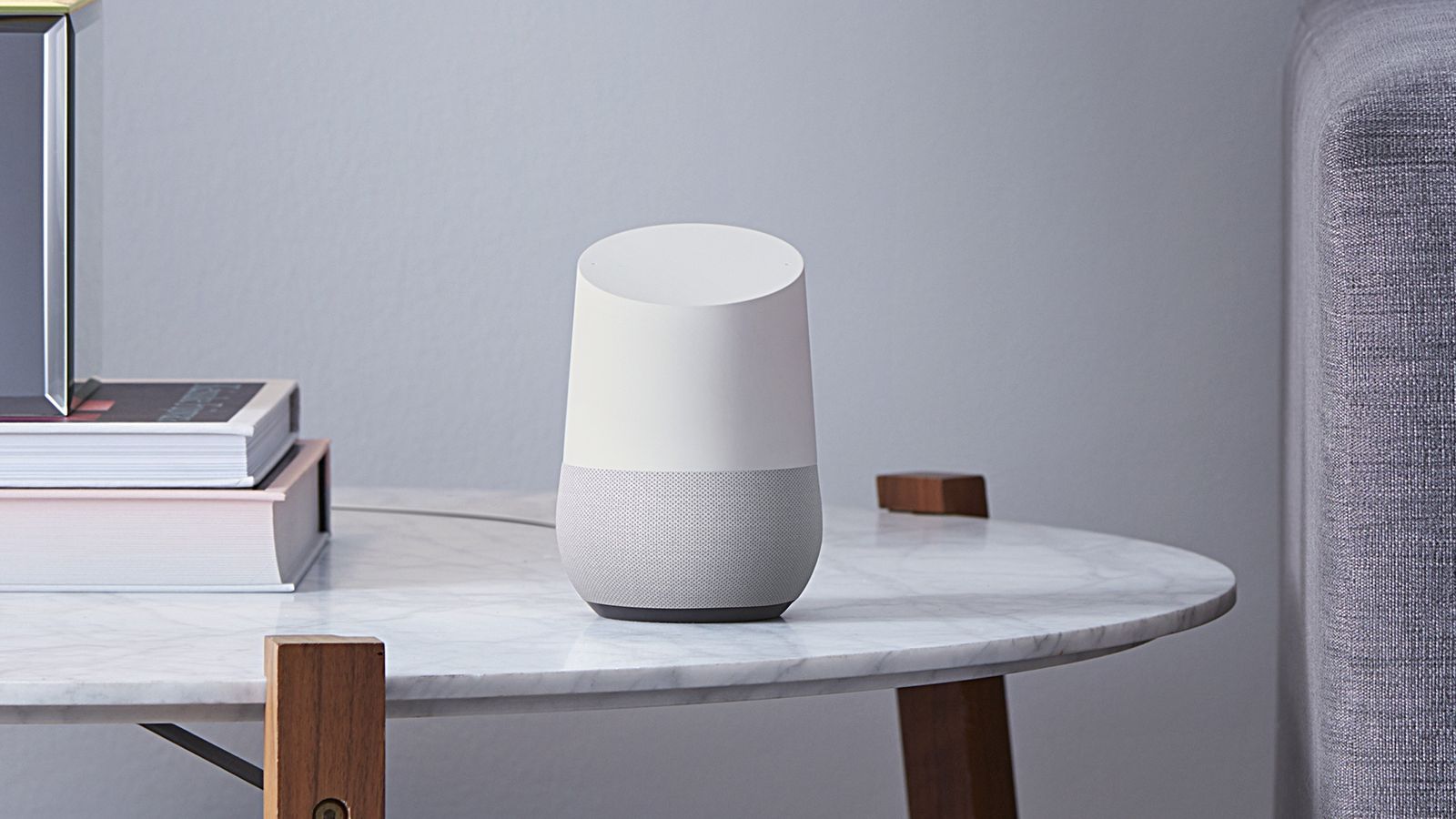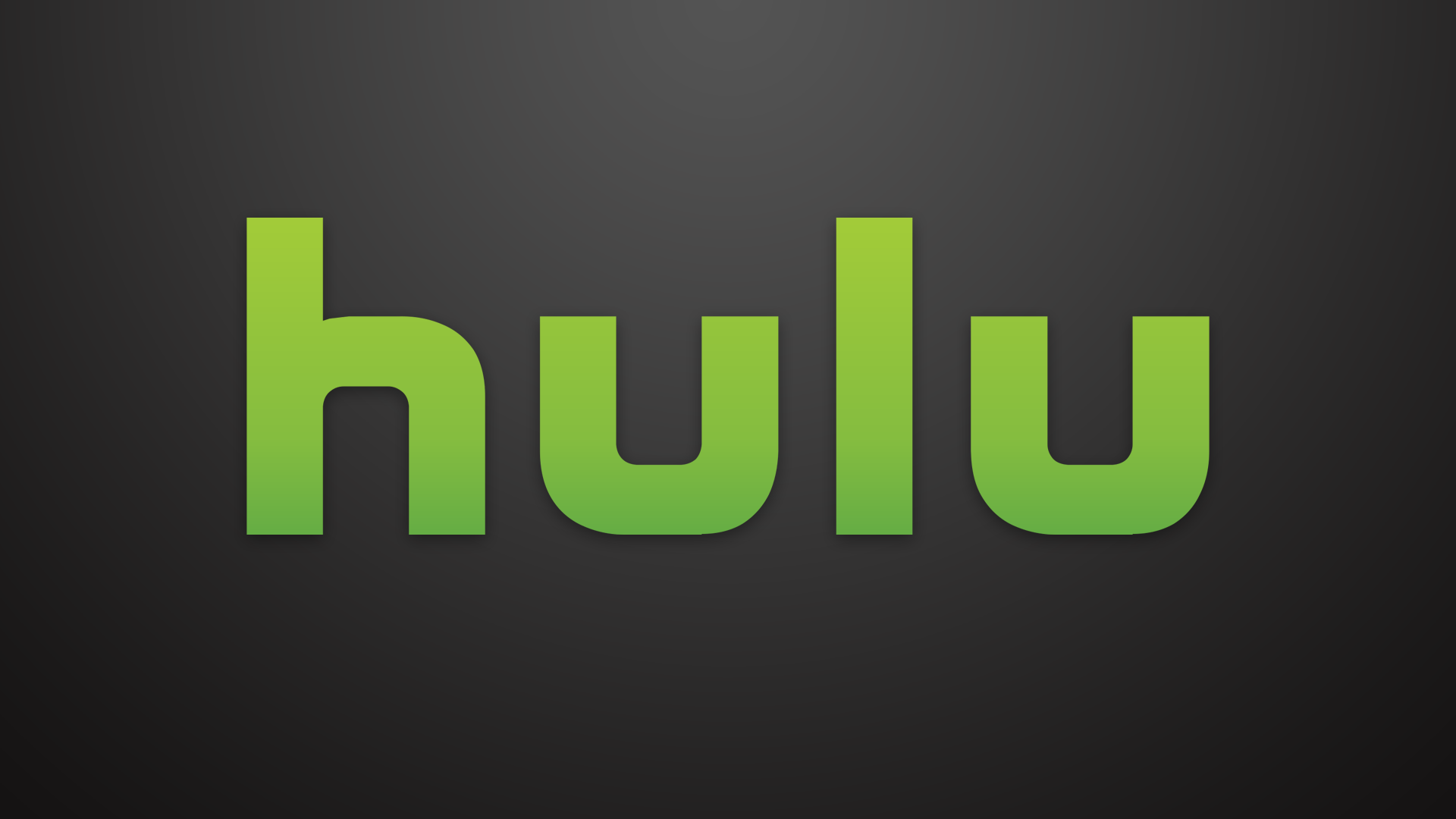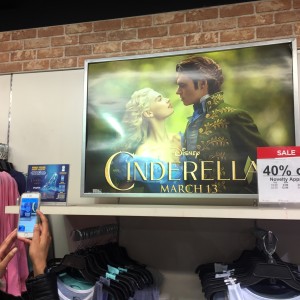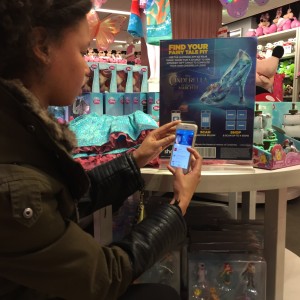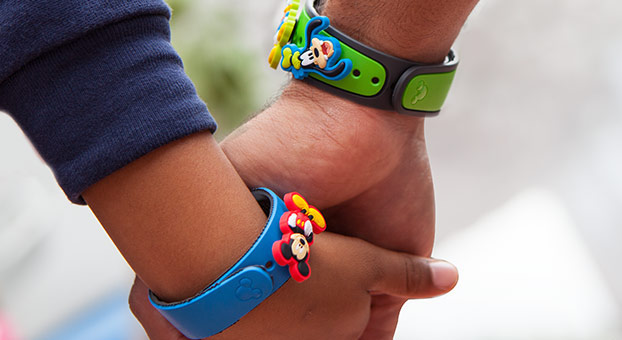What Happened
Starting on Thursday, some Google Home users started receiving a short message informing them of the upcoming release of Disney’s Beauty and the Beast live-action remake when they ask for a summary of their day ahead. The message is delivered via the regular Google Assistant voice, so it blends in seamlessly with the other information typically included in the “My Day” summary such as weather, commute, calendar, reminders, and news. Some Android users are reportedly also getting the ad through Google Assistant on mobile.
The message does not appear to be targeted based search history or movie interests, and some users have expressed their dismay at the random insertion of this message into the “My Day” summaries. Google released a statement denying that this is an ad, claiming instead “the beauty in the Assistant is that it invites our partners to be our guest and share their tales,” which seems to categorize this message as a sponsor message. Whether Disney paid for this Google Assistant integration is still unclear.
What Brands Need To Do
As voice-activated digital assistant services start to take off and reach more and more customer, figuring out how to monetize them with ad products seems like the natural next step for a company like Google, whose lion’s share of company revenue comes from advertising. So, it makes perfect sense that Google has started testing this type of audio ads on its Assistant service. Unfortunately, Google failed to consider how intrusive an unprompted brand message would feel to customers who don’t find the message relevant to their interests, which sparked a minor online backlash among users. Down the road, Google will certainly have to start fine-tuning the targeting of such messages if they want this type of audio ads to work. For now, chatbots and branded voice skills are still the best bets for brands to reach customers via conversational interfaces.
Source: The Verge
